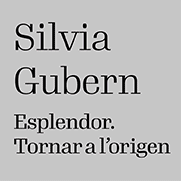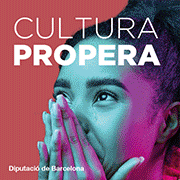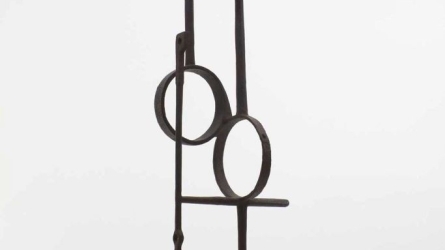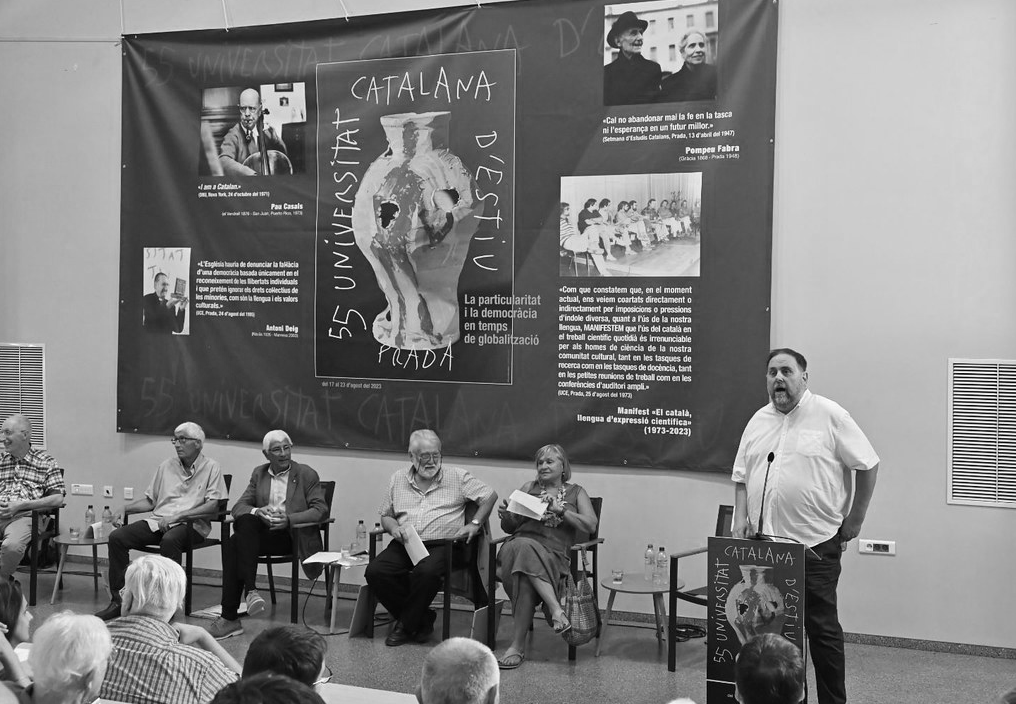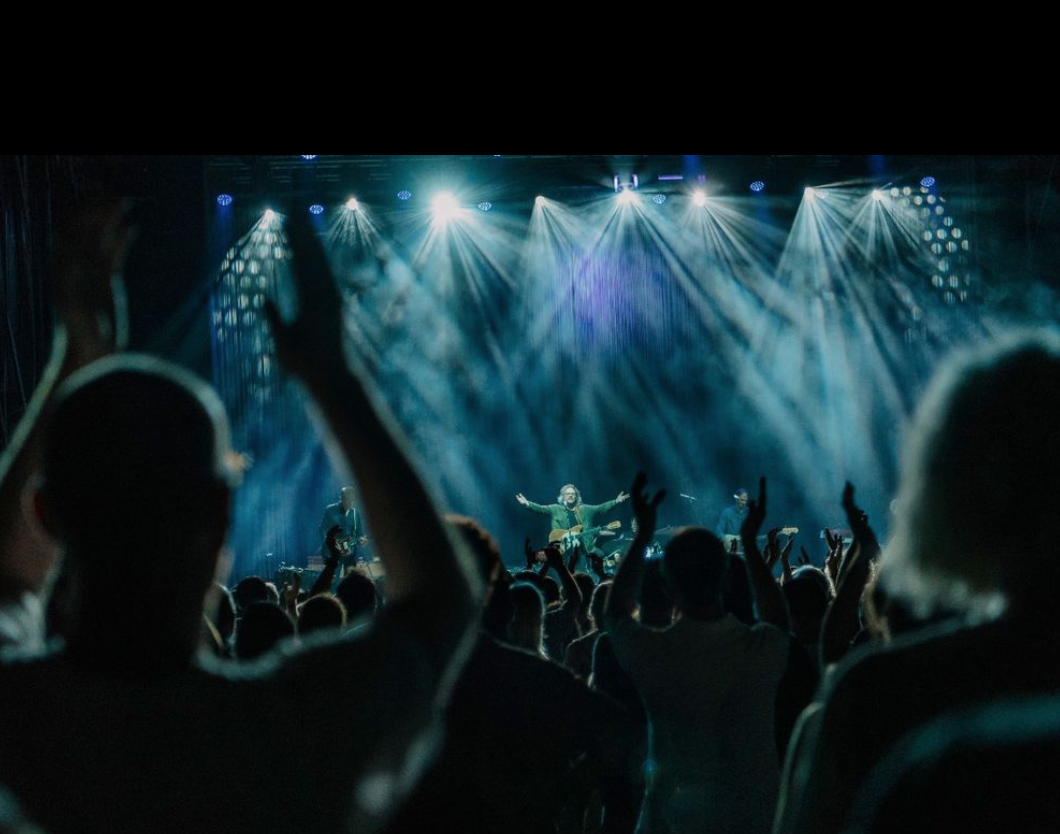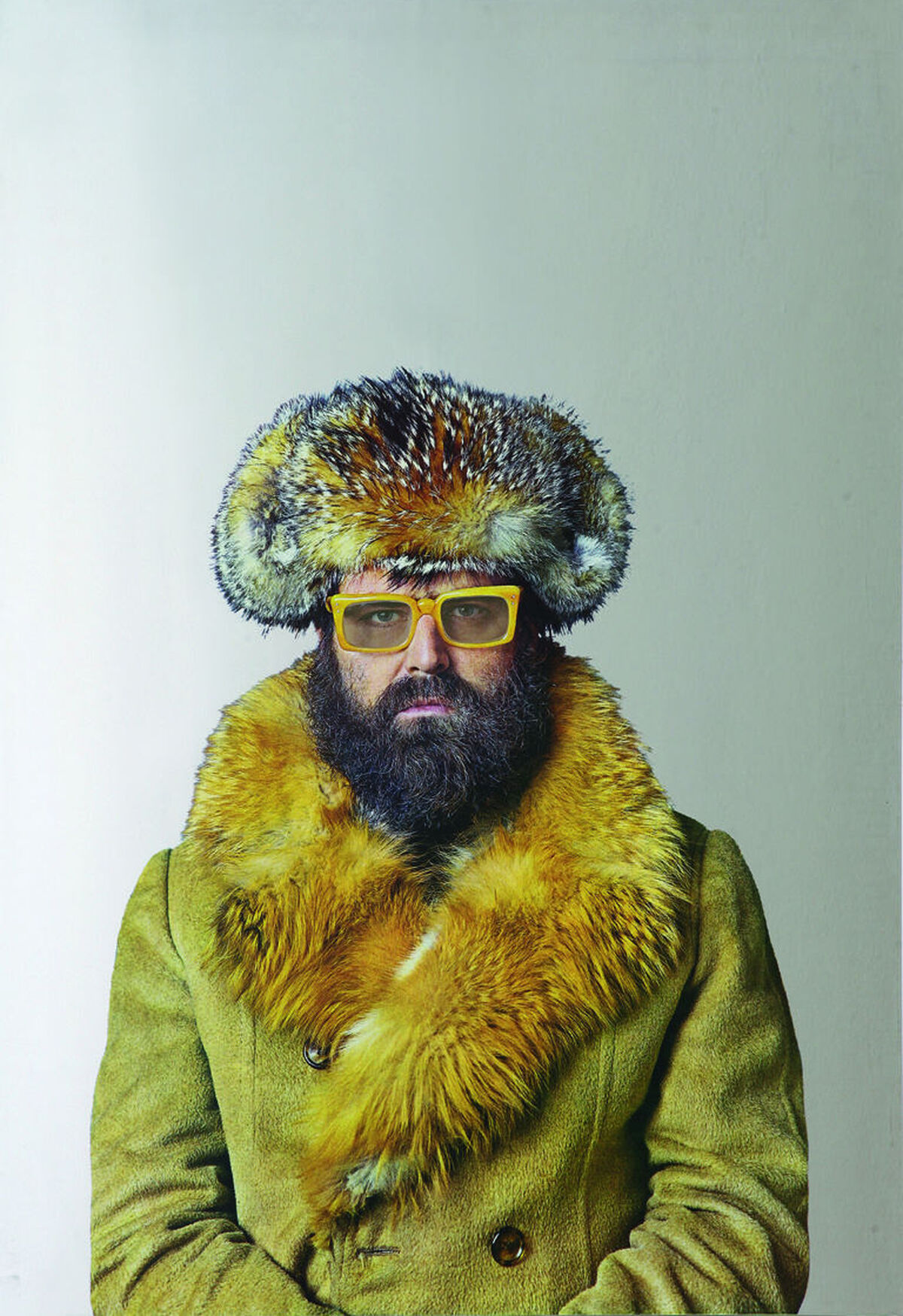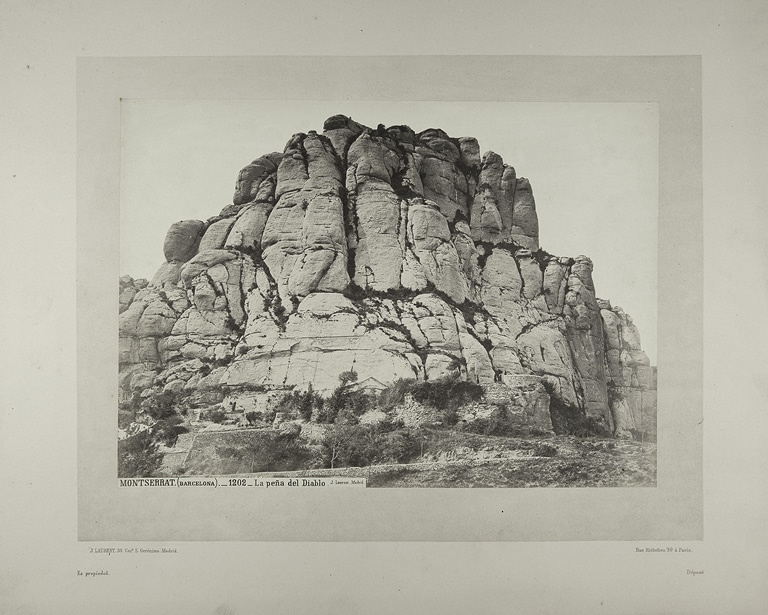
Since the first daguerreotype was taken in Barcelona in 1839, the photographic technique spread in a few years throughout the country, extending its clientele from the bourgeois layers to the middle classes until becoming democratized in 1888 with the appearance of light cameras and the birth of amateur photography. The rapid popularization of the new invention was due, as Baudelaire had predicted in 1855, to the fascination of the public to contemplate the world reproduced in its photographic double and to the narcissistic drive to immortalize its own medusaized effigy through the eye of the camera .
Photographic art, introduced to Spain by foreign operators passing through or settled in the territory and then propagated by itinerant photographers, the studios of local professionals or large international companies, would experience a remarkable boost and would become a business in the middle of the century thanks to to technical advances such as the calotype, which made it possible to multiply the images from the negative on paper, or the procedure of wet collodion on glass plates, which managed to reduce the exposure time, in addition to the extension of the railway lines, which would facilitate the transfer of the bulky laboratory that the photographers took with them.
Among the foreign houses established in Spain in the 19th century, the French company J. Laurent stands out, dedicated to selling business cards and family albums and catalogs of views of cities, monuments and works of art. Many were the operators who worked for the company in the photographic companies carried out in the Peninsula. Among them, Jules Ainaud, who joined the firm in 1868 and was responsible for the expedition to several Catalan towns (Tarragona, Tortosa, Poblet, Santes Creus, Montserrat and Barcelona) between 1871 and 1872.
Curated by Jep Martí, Jules Ainaud's Catalonia (1871-1872) exhibits the photographic production made in Catalonia by this operator and claims his authorship in works that always bore the house's signature. The exhibition continues the line of exhibitions started in 2021 by the Barcelona KBr center of the Mapfre Foundation with the purpose of deepening the study of the photography of the past, a very valuable document for historical research, and disseminating the holdings of Catalan archives.


